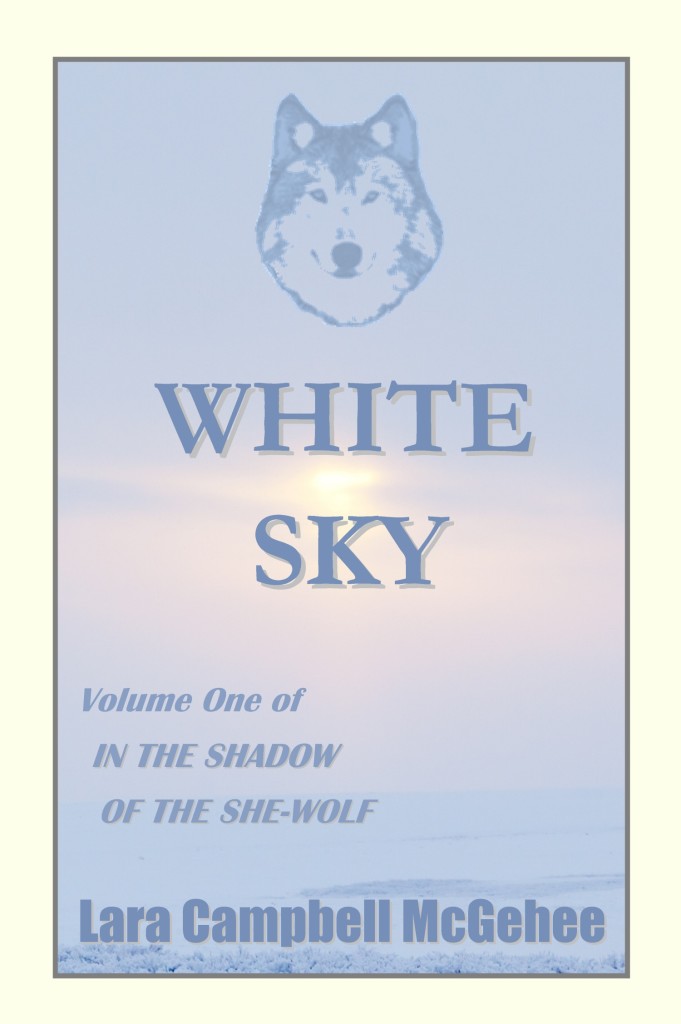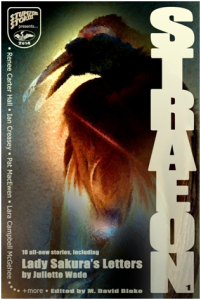Here’s the cover for White Sky, the first volume of In the Shadow of the She-Wolf. The cover was ready some time ago, and it’s the final copy edits that have ended up taking more time than I’d anticipated. I’m rather surprised at how many little things I’ve found that I want to tweak in a manuscript that has already been pored over countless times, over a span of many years. (Maybe I shouldn’t be surprised, considering how much of a perfectionist I am!) 😮
One thing that’s made it tricky is trying to approach the edits as if the book were written by someone else, and putting on that last polish — clearing up spots that could be even smoother or clarifying small details — without trying to change the author’s style. Repeatedly trying to update the manuscript to match the growth and evolution of my style is what put me in danger of spending my entire life writing and rewriting the same book in the first place(!), so there had to be a place to draw a line. To find that balance, I’m certainly trying to make the book the best it can be, but I’m also endeavoring to respect the younger version of myself who wrote it. As I once mentioned here, I believe you have to look at it like an artist who can show off their paintings and remark that some were done in their blue phase or their abstract phase — which they’ve moved on from — and still be proud of those paintings and the way they reflect that stage of their journey as an artist. Continue reading


